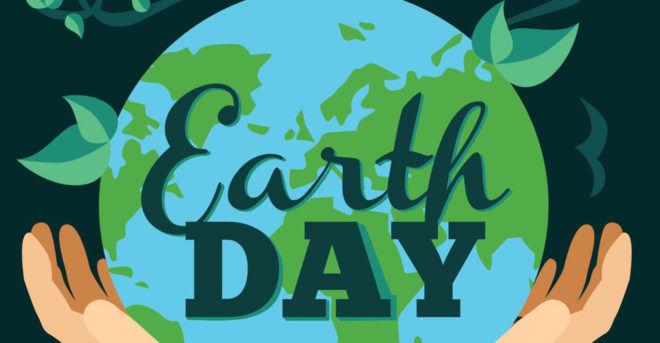
When Earth Day was first created in 1970, it rode the coattails of a decade filled with social activism. Voting rights were strengthened, civil rights were outlined, and women were demanding equal treatment. But there was no Environmental Protection Agency, no Clean Air Act, or Clean Water Act.
Fast forward 48 years and what started as a grassroots movement has exploded into an international day of attention and activism dedicated to preserving the environment. Officially, the United Nations recognizes this upcoming April 22 as International Mother Earth Day.
Genesis for a Fight to Live
By the late 1960s, the air, rivers and forests of North America were in serious disrepair as a result of massive industrial development. Rivers were catching fire, the sludge and debris dumped by factories igniting with the slightest spark. In a midsize city like Portland, Ore., people were breathing air that polluted their lungs at the same level as smoking two packs of cigarettes a day. Forests were being leveled at an alarming rate, pesticides were clogging farmland and beaches were littered with dangerous waste. By the time Ohio’s Cuyahoga River combusted in 1968, the 10th time in less than a century, people were ready to move the small, grassroots “conservation” effort into the mainstream.
That’s when Wisconsin Sen. Gaylord Nelson came up with the idea for Earth Day. He’d been working for years to get his peers in Congress to join him in the fight to clean up the environment, but few were interested. He even convinced President Kennedy to do a national speaking tour about environmental issues in 1963, but it failed to garner much attention. Then, in 1969, he announced a national day of environmental protest, scheduled for April 22, 1970. The press liked it. Major media outlets started running stories about pollution that drove the issue home for the general public.
As a result, that first Earth Day was a surprisingly huge success.
The Times They Are, Well, Changing
The world’s population has doubled since 1970, from 3.7 billion then to over 7 billion today. While there are more people consuming resources, more resources are also being consumed per person. On average, we’re each burning 37 percent more fossil fuel than we were in 1970, eating 60 percent more meat, and taking 495 percent more plane trips. All that consumption adds up to 1.2 trillion tons of CO2 emitted in the past five decades, which contributed to ocean waters warming 1°F and sea levels rising more than 5 inches.
Those numbers look pretty grim, but it isn’t all bad news: Humans have also made significant strides toward protecting the environment in that same period, including passing the Endangered Species Act, designating protected marine areas, and signing international agreements to reduce greenhouse gas emissions across the globe.
In the 21st century, “conservation” has become “the environment,” and world governments are well aware of the issues at hand. Instead of focusing on protecting parks and eliminating pesticides in our food, the greater focus is on saving the future of the planet by curbing global warming, which could wipe out life as we know it.
Earth Day is a huge event. Major cities all over the world — not just those in the United States and Canada — host rallies, speeches, volunteer efforts like planting trees and cleaning up parks, and demonstrations at museums for everyone to take part in. Earth Day isn’t just a day; it’s a whole week, just in case people can’t get out of work on April 22. What started in 1970 with an amazing 20 million people swelled to 200 million in 1990 and up to 500 million post-2000. The budget has expanded along with the number of attendees, now measuring well into the millions of dollars.
The feeling of Earth Day may have changed in the last 40 years, but the motivation is still the same: To get legislators and civilians alike to take action against environmental destruction. This year, when you attend an Earth Day celebration in your area, just remember to bring your grocery tote — there probably won’t be many plastic bags available for carrying your stuff.









